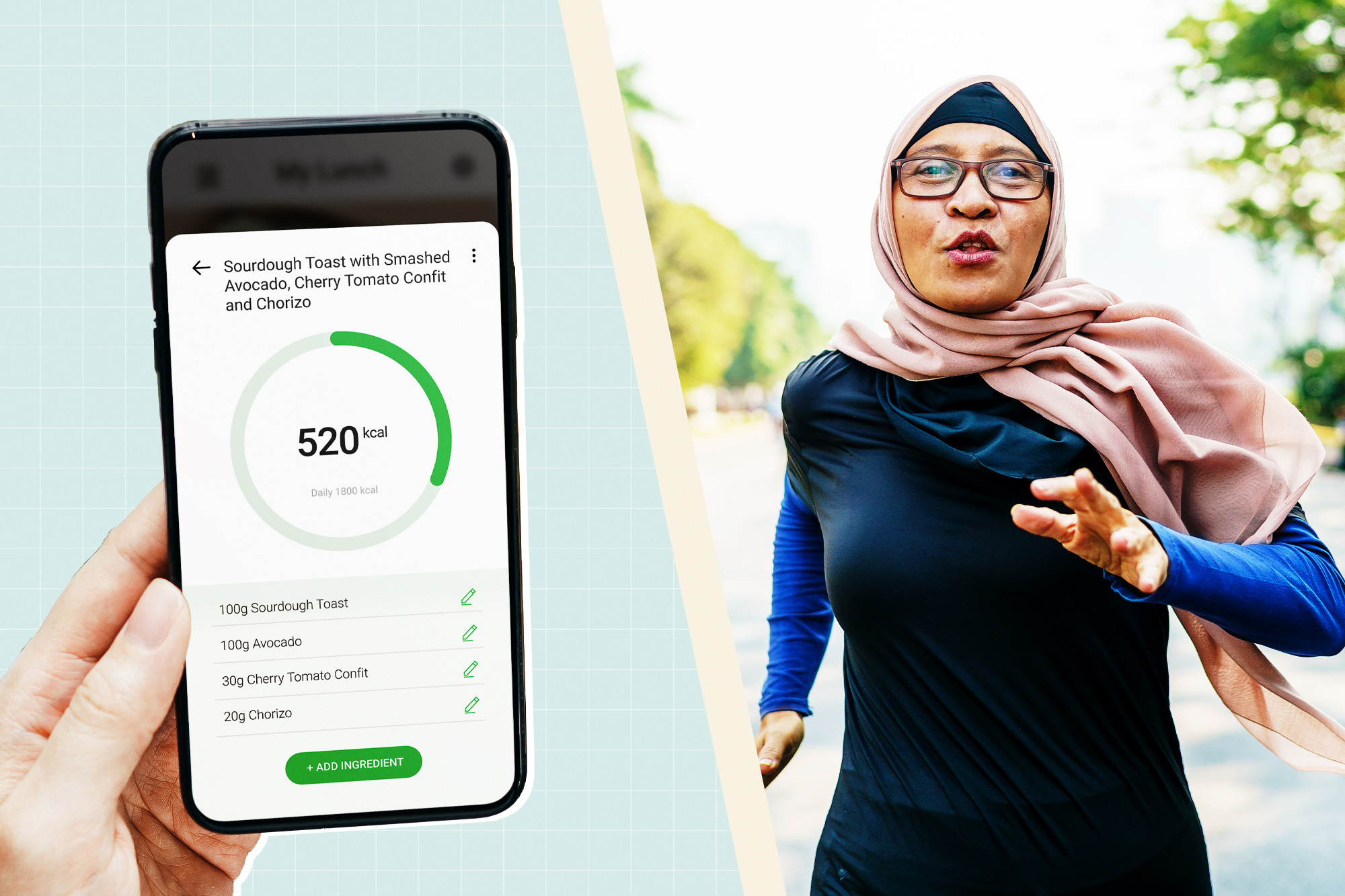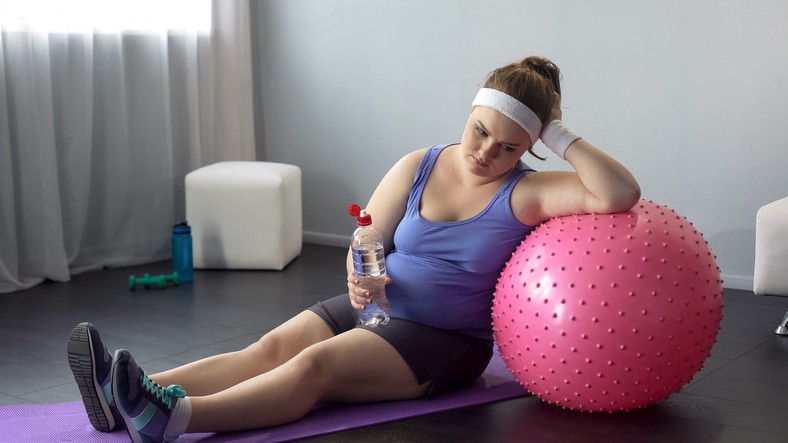
When planning a diabetes diet menu, there are many things to keep in mind. Here are some tips. These foods are high-fiber and low in glycemic. They are also an excellent source of plant protein. You can make a home-cooked meal for even more convenience. For more tips and tricks, read on. You'll soon be eating the right way, and you'll be losing weight in no time!
Foods with low glycemic index
Depending on the carbohydrate, low GI foods might have a higher glycemic score than other food options. Boiling potatoes have a higher insulin index than mashed potatoes. Also, juice has a higher percentage of GI than whole fruits. It is also important to remember that protein-based foods have a lower GI.

High fiber foods
Adding more high fiber foods to your diabetes diet menu is important to controlling hunger and blood sugar levels. Fiber is more digestible and easier to take than supplements, and it has many benefits. Cauliflower, for example, is a food that is diabetic-friendly. Cauliflower contains 2.1g of fiber per cup and is a great source of vitamin C and beta carotene.
Protein from plants
You should consider including plant-based, high-quality protein in your diet to ensure you get enough. This type is high in fiber and antioxidants as well as omega-3 fat acids. While nuts and seeds can be added to your diet, make sure to read labels to ensure they are containing the correct amount. Tree nuts include almonds, cashews, and pecans. You can also include some seeds in your diet such as chia, sesame, and hemp.
Home-cooked meals
According to a Harvard University study, cooking more at home can lower your risk of developing Type 2 diabetes. A busy lifestyle has resulted in families opting for takeout or eating out more frequently. The study also found that over 50 years, time spent in the kitchen fell by 30%. It suggests that diabetics need to eat more non-starchy fruits and vegetables as well as lean protein.
Avoid fried or glaze foods
Diabetic diets require that you avoid eating greasy or fattening food. It is a quick reference guide for diabetics to help them find the right balance. It also lists terms related to food, such as high-fat or low-fat. For more information, please read Diabetes For Dummies, Dr. Alan L. Rubin. You can also consult with a diabetes educator or dietitian to get advice. You might need to change some recommendations to account high blood sugar and low sugar levels. But, you can keep your diabetes under control by making sure to stock up on healthy cooking ideas and eating the right foods.

Carbohydrate count
A good way to improve blood glucose control is by carbohydrate-counting on your diabetes diet menu. Carbohydrate-counting is a method that helps you control your blood glucose. It focuses on maintaining a constant carbohydrate intake at each meal. It became popular after the American Diabetes Association lifted a ban of sugar-containing foods from its dietary guidelines in 1994. This new approach concentrated on total carbohydrate intake while customizing meal plans to suit individual patients.
FAQ
What's the difference between intermittent fasting versus calorie restriction
Calorie restriction means eating less calories than your body requires. Intermittentfasting is different as it doesn’t require you to restrict your calories. Intermittent fasting focuses more on eating fewer calories every day.
Intermittent Fasting is more efficient because you can enjoy the foods you love without feeling guilty.
Both methods have their merits and weaknesses. It is up to you to decide which method you prefer.
How Much Weight Can You Lose in a Week?
Your current bodyfat percentage determines the amount of weight you will be able to lose. It is important to first calculate how much weight you wish to lose. Then, determine your BMI. Your BMI is a measure of how much weight you need to lose. If your BMI is 25 or greater, you're overweight. If your BMI reads 30 or more, you are likely obese.
For example, if you weigh 200 pounds, your BMI would be calculated at 28.7. To reach a healthy weight, you would need to lose 70 pounds. To see if you're overweight, visit www.healthyminds.com/bmi/.
This formula can be used to calculate how many pounds you will lose each week once you have determined your BMI.
(Your Goal Weight - Current Weight)/BMI * 7 Number Of Pounds Lost Per Week
To lose 50 pounds in a month, you would need to exercise for 2 weeks. That's 56 days divided by 7 pounds per day. That's 8.3 pounds per week.
You could also try this calculator from www.weightlosscalculator.net. It will give you an approximate estimate of the calories you need to lose 1 pound each week.
How can you lose weight?
Losing weight is one of the most popular goals among people who want to look good. The main reason why people want to lose weight is that they want to feel healthier and live longer. There are many options for losing weight. Some of them include cardio training, strength training, yoga, pilates, running, swimming, cycling, etc. Each exercise has its pros and cons. Walking would be the best exercise if you are trying to lose weight. However, if you want to build muscle mass, then lifting weights would be the best choice. We'll be discussing how to lose weight, and which exercise is best.
It is important to determine what type of diet you should follow when you want to lose weight. There is no need to eat less; you can eat fewer processed foods, and avoid junk food. It's recommended to consume at least 2200 calories per day. Reduce your calorie intake if you are looking to lose weight more quickly. This will make it easier to lose weight.
If you want to know how to lose weight fast, you should start exercising. Exercise helps to reduce calories and improve metabolism. Combine exercise and healthy eating to effectively lose weight. You will lose weight by exercising. Your body will begin to burn fat quicker if you train regularly. Regular workouts can also help you to maintain a healthy lifestyle. They keep you active and prevent diseases like heart disease, stroke, hypertension, diabetes, and others.
You should try to walk as much as possible. Walking can burn around 500 calories an hour. A walk of 30 minutes per day can help you to burn approximately 1500 calories. One pound of fat will be lost per week if you walk 30 minutes each day. Jogging or running for 10 minutes is also possible. Running burns approximately 1000 calories an hour. If your goal is to lose 5 pounds in 3 weeks, you should run for 20 minutes three times a week.
In conclusion, the best way to lose weight is to combine exercise with healthy eating habits. It is important to strike a balance among these two.
What should you eat while intermittent fasting?
You can lose weight by cutting out carbs. This means you have to cut back on carbs such as bread, pasta rice, potatoes, and any other carbohydrate-based food.
You'll also want to avoid eating too much protein because it keeps you full longer. So you won’t feel hungry nearly as often.
Instead, focus on foods that contain healthy fats, such as olive oil, avocado, nuts, and seeds. These foods will keep you full for hours after you eat them.
You should ensure you drink plenty of water. Water is important for your body's ability to stay hydrated and helps you burn more fat.
You may find that you actually crave these foods when you fast. But that doesn't mean you have to give in to those cravings. If you do this, you might gain more weight that you have lost.
Keep an eye on the amount of food you eat throughout the day to avoid overeating. When hunger strikes, drink a glass of water instead of reaching for another snack.
It might sound counterintuitive at first, but it has been shown that this can help you slim down. One study published in Obesity showed that plain water was more nutritious than sugary drinks.
In addition, drinking plain water helped reduce feelings of hunger. Drinking water is the best way to lose weight if you don't want sweetened beverages.
To lose weight, you don’t have to count calories or restrict certain foods. Instead, focus on making small changes to your lifestyle.
One way to start is by substituting your typical breakfast sandwich with a bowl of oatmeal. Try swapping your afternoon cookie to a piece or fruit.
These simple changes will help you shed weight quickly and without spending a lot of time in the kitchen.
Are there any side effects of intermittent fasting?
Intermittent fasting does not have any known side effects. If you don't plan well, you may experience minor issues.
For instance, if breakfast is skipped, you might feel uneasy all day. You might also experience headaches, dizziness, fatigue, and muscle cramps.
These symptoms often disappear within a few hours.
How to make an exercise plan?
It is important to establish a routine. You must know what you will do each and every day, as well as how long it will take. This helps you plan ahead and avoid procrastination.
You should also ensure you have plenty to choose from when working out. Avoid becoming bored with exercise. If you do, it will be difficult to keep going.
Also, you need to keep track on your progress. It is crucial to track how much weight has been lost or gained.
You can lose weight quickly if you do not gain weight. If you gain excessive weight, it can be difficult to remain motivated.
It is important to find the right balance between weight gain or weight loss. If you are unhappy with your current situation, you will be less inclined to exercise.
Statistics
- According to Harvard Health, it's estimated that a 155-pound (70-kg) person burns around 167 calories per 30 minutes of walking at a moderate pace of 4 mph (6.4 km/h) (5). (healthline.com)
- A 12-week study in 20 women with obesity found that walking for 50–70 minutes 3 times per week reduced body fat and waist circumference by an average of 1.5% and 1.1 inches (2.8 cm), respectively (healthline.com)
- One 6-month study showed that simply doing 11 minutes of strength-based exercises 3 times per week resulted in a 7.4% increase in metabolic rate, on average. (healthline.com)
- It's estimated that half of all American adults attempt to lose weight every year (1Trusted (healthline.com)
External Links
How To
How to Lose Weight Fast Without Exercise
Fast weight loss is possible by eating fewer calories than you burn. This will cause your body to start burning fat stores for energy. Your body will start to reduce muscle tissue for energy if you don't eat enough calories. Although you can lose weight even if you aren't working out, it's likely that you'll lose more muscle mass.
You can lose weight quickly without having to work out by reducing your calorie intake. While many people believe they need to cut back on their food intake, it is not the truth. You want to eat fewer calories than what you burn when you are trying to lose weight. How much food should you eat each day? It depends on how much you exercise each day. Someone who walks three miles per day would require only about 2,500 calories. For someone who sits at their desk all day, they would need approximately 1,600 calories per days. A person who exercises frequently (like lifting weights), would only need about 1,600 calories per day.
If you are trying to lose weight, you should try to reduce your caloric intake. Many people think that they should eat less food because they feel like they're starving themselves. However, this is false. Your body doesn't care if your hunger pangs are gone or not. It just wants to be healthy. In order to lose extra weight, it is essential that you keep track of how many calories you consume. Many online apps allow you to track your calorie intake. MyFitnessPal is one of the most popular apps.